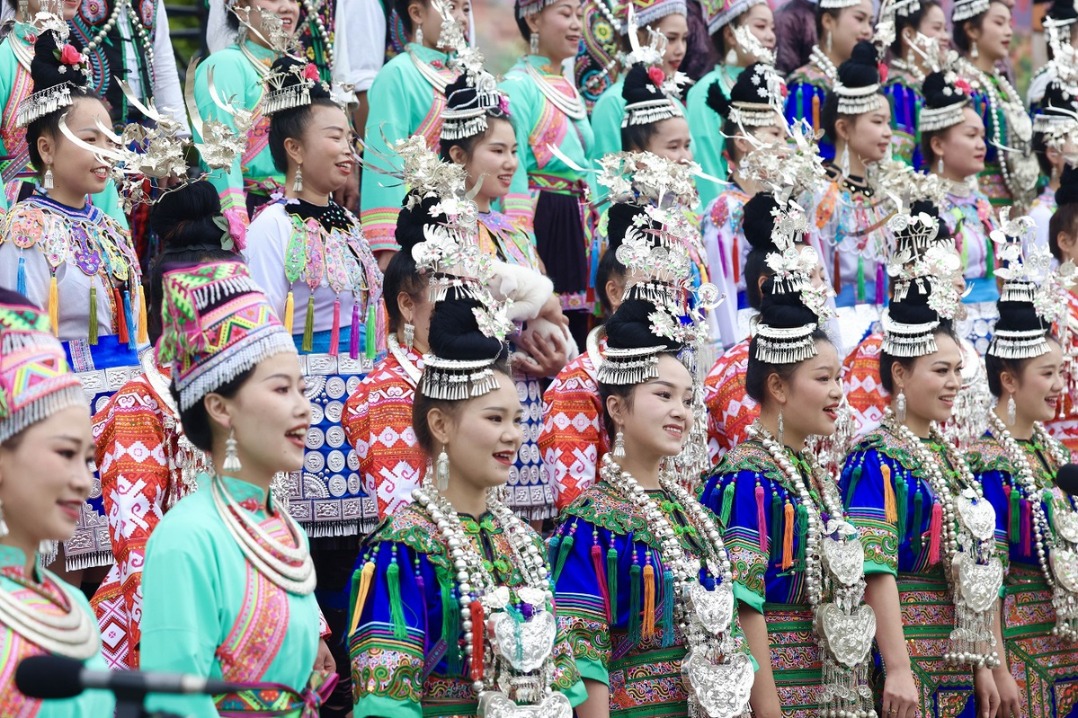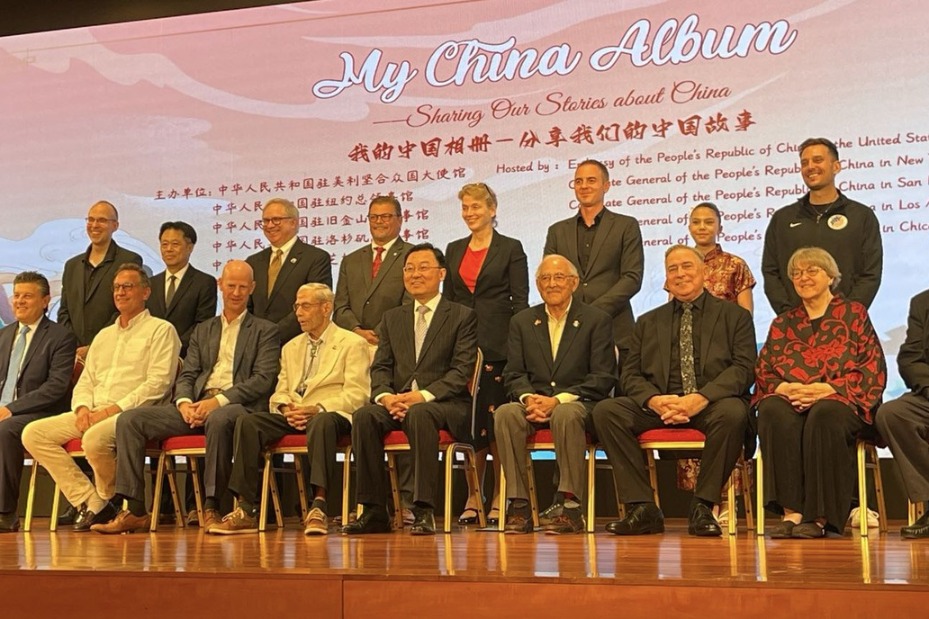Let’s leverage technology to defeat COVID-19 pandemic
By M.C. Hughes | China Daily Asia | Updated: 2020-12-10 10:47

The Chief Executive's Policy Address for 2020 finally went ahead on Nov 25 after its abrupt postponement in mid-October. The reason for Carrie Lam Cheng Yuet-ngor's sudden trip to Beijing was obviously her hope of securing support from the Central Government before finalizing her speech.
One of the biggest takeaways from Lam's address — at least for Hong Kong's more immediate future — was Beijing's commitment to a reserve of COVID-19 vaccinations for Hongkongers, more community-wide testing initiatives, and a one-off subsidy program to benefit those who contract the virus.
Along with the pledge of the Central Government's support to Hong Kong's various economic ventures, they have stated that Hong Kong will be entitled to a reserve of vaccines that are developed or produced in the mainland.
Further to that, a second edition of the Universal Community Testing Program (UCTP) — which ran for a fortnight in September this year — will take the form of a temporary treatment facility housed at the AsiaWorld-Expo.
Lam also expressed hope that there was scope for expanding the community testing scheme on a considerably larger scale, so that "zero infection" status can finally be achieved in Hong Kong.
Finally, there are ongoing questions — and criticisms, naturally — over the one-off subsidy of HK$5,000 ($645) for Hong Kong residents who receive a positive COVID-19 test result.
While the criteria for being in receipt of said handout remains unclear, the face of the scheme, Secretary for Labour and Welfare Law Chi-kwong, asserted that the scheme will alleviate the financial burdens of those who are most vulnerable at this time.
While the intentions of the subsidy may be well meaning, there are some glaring ambiguities that need to be addressed.
One of the major concerns is that the subsidy program is not, at present, means-tested and requires nothing more than a positive COVID test result. In other words, there is scope for people to seek to deliberately contract the virus in order to benefit from the handout.
Law defended the absence of means testing by reasoning that it would expedite the process and put money into the pockets of the needy sooner rather than later, and without the burden of cumbersome paperwork and bureaucracy.
The COVID handout by the Hong Kong government is not a unique concept, as the Victoria State Government of Australia and the UK government are providing similar schemes. However, documentation such as proof of employment and proof of isolation (eg, a doctor's note) are required, alongside other criteria.
Both of these schemes are safety nets (i.e., "hand-ups" rather than "hand-outs") for those who contract the virus and can prove that they will lose income as a result of contracting the virus and having to self-isolate.
Reading between the lines, it is apparent that these schemes are intended to cushion the fall of those who are self-employed and work in front-line positions. And in Hong Kong terms, taxi drivers come to mind as they are famously known to live from fare-to-fare and pay significant overheads such as the rental price of their taxis.
If this scheme is to be carried out in the way it's intended, then it is abundantly clear that guidelines and criteria need to be established clearly and early.
Firstly, each and every claim made must be means-tested and backed by sufficient evidence from each candidate. Administrative assistance for the required paperwork can be provided virtually (e.g., using chatbot technologies) or via telephone, so as to eliminate the need for face-to-face contact.
If businesses are leveraging their powers of social commerce to retain their customers' confidence, then the government is missing a trick if they neglect to seize upon an obvious opportunity to regain the confidence of the very people they swore to serve.
The validity of implementing yet another community-wide testing scheme must be questioned, because if it is anything like the one in September, then it is doomed to fail.
But if we can leverage technology into community testing schemes, perhaps we can turn the tide, even just a little bit.
The new test-and-trace mobile application "LeaveHomeSafe" has been developed by the Hong Kong government with the intention of allowing more efficient identification of chains of infection around the city. Users can simply open the app to scan the QR code of participating venues to mark their visit; the same can be done in taxis.
However, there are some glaringly obvious issues with the scheme. For one thing, not all venues are required to carry the "LeaveHomeSafe" QR code, and visitors are not lawfully required to check-in at participating venues.
With that in mind, in the event that an outbreak is identified at a particular venue, how can we be sure that each and every person who visited said venue has been contacted? This means that asymptomatic carriers remain unidentified within the population.
If we wield technologies such as "LeaveHomeSafe" properly, then we can use it to reach more of the community and get them tested.
What Hongkongers need, and perhaps what the world needs, is a purpose and to know that they are making a difference, no matter how small.
Testing saves lives; we need to drive this message home and give Hongkongers a purpose. We need social cohesion and a sense of community now more than ever. So I am urging the Hong Kong government to appeal to that community spirit within every person and instill a sense of purpose.
We are all in the same boat and weathering the same storm, so it is only as a united front that we can ride out the storm together. We are all in this together so let's act like it!
The author is a multimedia columnist who comes from an international background. She covers a wide range of social issues and topics that concern women's empowerment and gender equality.
The views do not necessarily reflect those of China Daily.
























